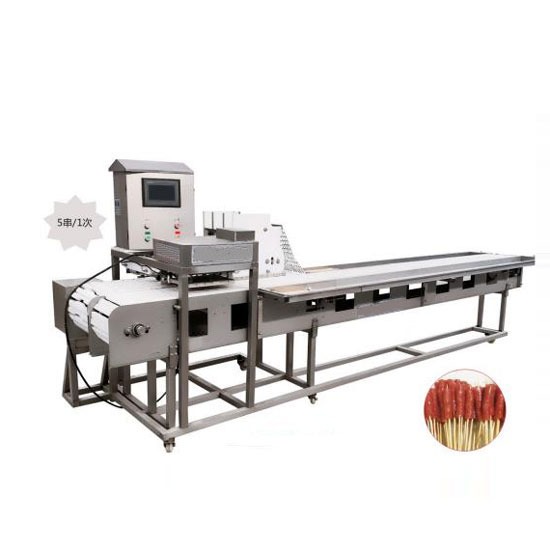What Foods Are High In Fiber

When it comes to maintaining a healthy diet, fiber often takes center stage. It’s not just about digestion; dietary fiber offers benefits ranging from improved heart health to better weight management. This blog explores high-fiber foods, their benefits, and how to incorporate them into your daily meals.
What Is Fiber?
Dietary fiber is a type of carbohydrate that your body can’t digest. Unlike other carbs, fiber passes through the digestive system relatively intact, helping regulate your body's use of sugars and keeping hunger and blood sugar in check.
There are two types of fiber:
- Soluble Fiber: Dissolves in water to form a gel-like substance, helping to lower blood cholesterol and glucose levels.
- Insoluble Fiber: Adds bulk to the stool and aids in regular bowel movements.
Benefits of High-Fiber Foods
- Promotes Digestive Health: Fiber keeps your digestive system running smoothly, reducing the risk of constipation.
- Aids Weight Management: High-fiber foods are more filling, which can help you eat less and stay satisfied longer.
- Lowers Cholesterol Levels: Soluble fiber binds with cholesterol particles and helps remove them from your body.
- Regulates Blood Sugar: Fiber slows down sugar absorption, reducing blood sugar spikes.
- Reduces Disease Risk: Diets high in fiber are linked to a lower risk of heart disease, diabetes, and certain cancers.
Top Foods High in Fiber
1. Whole Grains
Whole grains are rich in both soluble and insoluble fiber. Swap refined grains with these nutrient-packed options:
- Oats: A bowl of oatmeal provides about 4 grams of fiber per cup.
- Brown Rice: Contains 3.5 grams of fiber per cooked cup.
- Quinoa: A versatile grain with 5 grams of fiber per cooked cup.
- Whole Wheat Bread: Look for 100% whole wheat bread, which has about 2 grams per slice.
2. Fruits
Fruits are not just delicious; they are fiber-packed and loaded with essential vitamins:
- Apples: A medium apple offers about 4 grams of fiber.
- Pears: One pear provides 6 grams of fiber.
- Berries: Raspberries (8 grams per cup) and blackberries (7.6 grams per cup) are excellent options.
- Avocado: Half an avocado contains 5 grams of fiber.
3. Vegetables
Incorporating vegetables into your diet is an easy way to boost your fiber intake:
- Broccoli: One cup provides 5 grams of fiber.
- Carrots: A cup of raw carrots offers 3.6 grams of fiber.
- Spinach: Cooked spinach contains 4.3 grams per cup.
- Sweet Potatoes: One medium sweet potato has about 4 grams of fiber.
4. Legumes
Beans, lentils, and peas are some of the richest sources of fiber:
- Black Beans: One cup contains 15 grams of fiber.
- Chickpeas: A cup of cooked chickpeas offers 12.5 grams.
- Lentils: A single cup of lentils provides 15.6 grams of fiber.
- Edamame: Half a cup contains about 4 grams of fiber.
5. Nuts and Seeds
These small but mighty foods are loaded with fiber and healthy fats:
- Chia Seeds: Two tablespoons offer 10 grams of fiber.
- Flaxseeds: One tablespoon provides 2.8 grams.
- Almonds: A quarter cup contains 3.5 grams of fiber.
- Sunflower Seeds: One ounce has 3 grams of fiber.
Tips to Increase Fiber Intake
- Start Your Day with Fiber: Opt for high-fiber cereals or oatmeal for breakfast.
- Snack Smart: Choose fruits, vegetables, or a handful of nuts as snacks.
- Add Legumes to Meals: Incorporate beans or lentils into soups, stews, and salads.
- Go Whole: Replace refined grains with whole grains in your diet.
- Don’t Peel Your Produce: Keep the skin on fruits and vegetables for extra fiber.
- Include a Variety: Mix and match different fiber-rich foods for diverse nutrients.
How Much Fiber Do You Need?
The recommended daily intake of fiber varies by age and gender:
- Women: 21–25 grams per day
- Men: 30–38 grams per day
Unfortunately, most people consume only about 15 grams daily.
Fiber and Hydration: A Perfect Match
Fiber works best when paired with adequate hydration. Drink plenty of water to help fiber move through your digestive system efficiently.
Frequently Asked Questions
Q: Can you have too much fiber?
Yes, consuming excessive fiber can cause bloating, gas, and abdominal discomfort. Gradually increase your fiber intake to avoid these issues.
Q: Are fiber supplements effective?
Fiber supplements can help fill gaps in your diet, but they shouldn’t replace whole foods, which provide additional nutrients.
Q: Is cooking food bad for its fiber content?
Cooking can slightly reduce fiber content, but the difference is minimal. Cooked vegetables and legumes are still excellent sources.
Conclusion
High-fiber foods are essential for a healthy diet, providing numerous benefits from better digestion to reduced disease risks. By incorporating more whole grains, fruits, vegetables, legumes, nuts, and seeds into your meals, you can easily meet your daily fiber needs. Remember to balance your fiber intake with hydration and make gradual changes to your diet for the best results.
Boost your health today by making fiber a priority in your meals. Your body will thank you!




